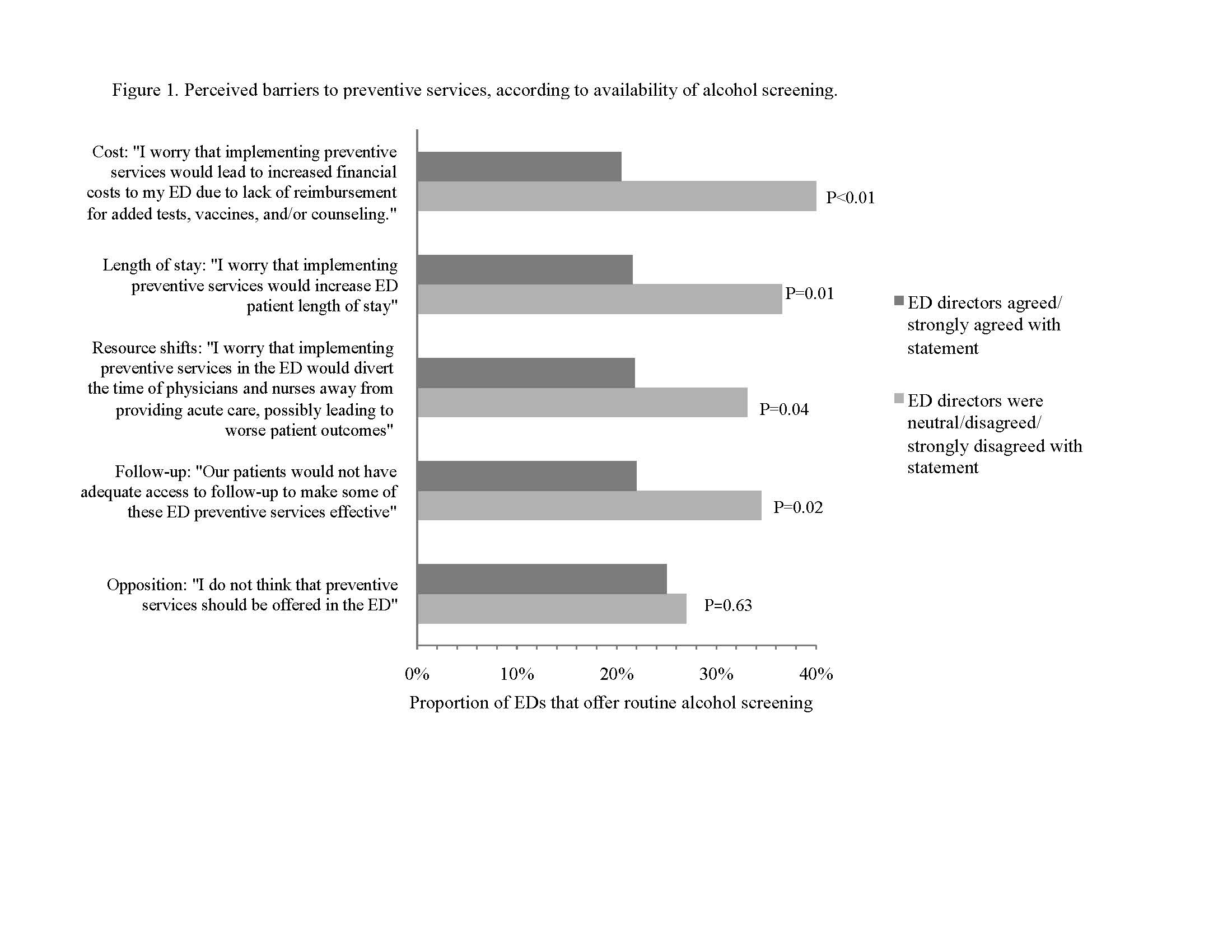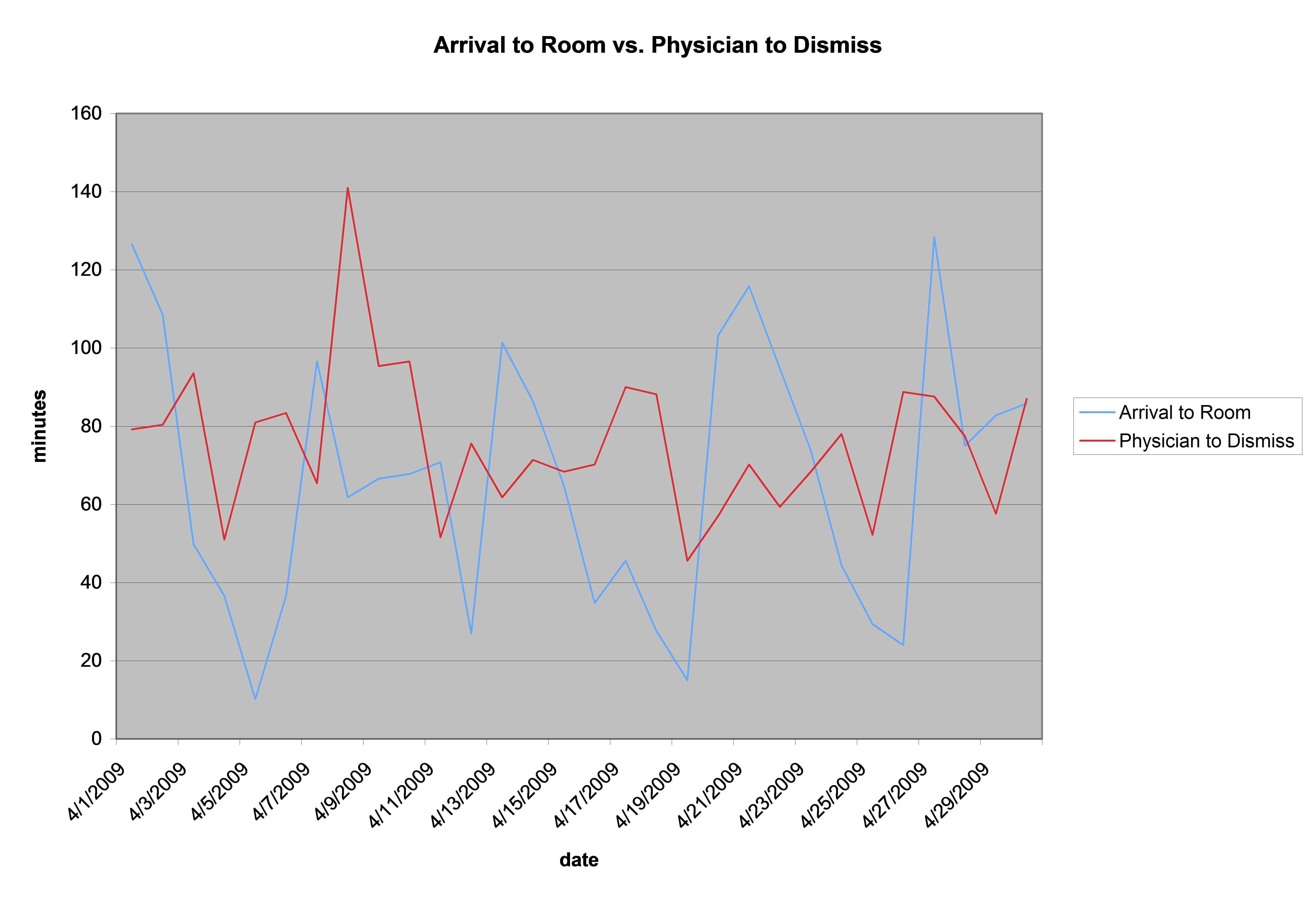Emergency Department Operations
Emergency Department Operations
Does Prolonged Length of Stay in the Emergency Department Affect Outcome for Stroke Patients?
WestJEM Read More
Emergency Department Operations
Follow Up for Emergency Department Patients After Intravenous Contrast and Risk of Nephropathy
WestJEM Read More
Emergency Department Operations
Skin Infections and Antibiotic Stewardship: Analysis of Emergency Department Prescribing Practices, 2007–2010
WestJEM Read More
Emergency Department Operations
Hospital Factors Impact Variation in Emergency Department Length of Stay more than Physician Factors
WestJEM Read More
Emergency Department Operations
Impact of a Teaching Service on Emergency Department Throughput
WestJEM Read More
Emergency Department Operations
Emergency Department Length of Stay: Accuracy of Patient Estimates
WestJEM Read More
Emergency Department Operations
Impact of Decontamination Therapy on Ultrasound Visualization of Ingested Pills
WestJEM Read More
Emergency Department Operations
Importance of Hospital Entry: Walk-in STEMI and Primary Percutaneous Coronary Intervention
WestJEM Read More
Emergency Department Operations
The July Effect: Is Emergency Department Length of Stay Greater at the Beginning of the Hospital Academic Year?
WestJEM Read More
Emergency Department Operations
The Impact of Working with Medical Students on Resident Productivity in the Emergency Department
WestJEM Read More
Emergency Department Operations
Predictive Value of Capnography for Suspected Diabetic Ketoacidosis in the Emergency Department
WestJEM Read More
Emergency Department Operations




